ZW Featured Stories
- Zero Waste Team
- Notebook
- Featured Stories
Zero Waste Featured Stories
Reducing food waste by giving back food the value that it deserves
By Anne D. — February 21, 2022
Laura Trotta: “Every time we throw food in the bin we’re not just wasting our money. We’re discarding the vast amounts of resources, energy and water that it took to produce, process, store, refrigerate, transport and cook the food
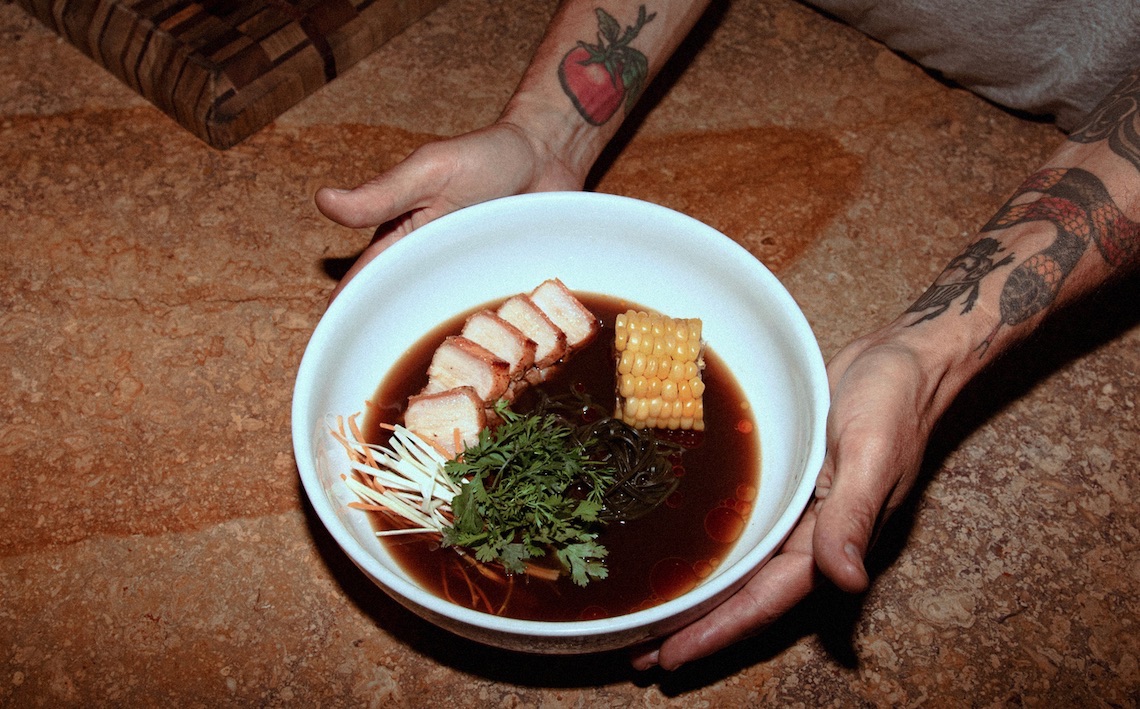
Coco Confusion / Credit: New Gastronome
Reducing food waste is one of the top five solutions to climate change listed in the New York Times bestseller “Drawdown.“
While animal agriculture creates an estimated 18% of greenhouse gas emissions.
By reducing our food waste and enjoying vegan and vegetarian dishes — we make a difference thru everyday climate action.
Suggested Links
Food and Climate Action
- Slow Food International
- Healthy Diets for a Healthier Planet (UN Climate Action)
- Why Plant-Based Eating (Earthsave Canada)
Tips for Reducing Food Waste
- What you can do (Slow Food)
- 7 Simple Steps to Reduce Food Waste (WEF)
Vegan and Vegetarian Recipes
- Vegan Recipes (PETA)
- Vegetarian Recipes (BBC goodfood)
In the photos above, we find a group of friends engaging in an ancient (even timeless) activity … foraging for wild mushrooms in a forest.
They’re members of the Vancouver chapter of the Slow Food movement … and they’re mushroom hunting in a forest near Maple Ridge.
You might ask: What is Slow Food? What does it have to do with climate action and reducing food waste?
According to Slow Food: “the key to fighting food waste is to give food back the value that it deserves.”
At a personal level, this includes buying local and seasonal foods, throwing away less food, eating out less, eating less, purchasing food that’s been fairly and sustainably produced … and eating at least once a week with someone you love.
Slow Food calls for tackling the climate crisis through the adoption of environmentally-friendly practices, at all stages along the food supply chain, following a seed-to-landfill trajectory.
The roots of the Slow Food movement are found in Italy, when Carlo Petrini and a group of social activists came together in the 1980s to “defend regional traditions, good food, gastronomic pleasure and a slow pace of life.”
Petrini a centre-left journalist and food critic who wrote for Communist daily newspapers came to prominence, in 1986, as the leader of a protest in Rome against the opening of the first McDonald’s in Italy.
Located near the Spanish Steps, in the heart of Rome, the 400 seat McDonald’s outlet was the largest in the world to open at the time.
Petrini and his friends brought gastronomy and the weight of Italian food and wine culture to the front line in the battle against the globalisation of fast food and industrialized food production.
In 1989, delegates from 15 countries gathered in Paris to sign the Slow Food Manifesto.
The mission of Slow Food includes defending local food traditions, promoting artisanal foods and preserving food biodiversity.
The international Slow Food movement quickly gained momentum and spread (mushroomed so-to-speak) to more than 160 countries at this writing.
The University of Gastronomic Sciences in Pollenzo, Italy, was established by Petrini and opened in 2004.
The university is focused on the gastronomic sciences and the organic relationships between food, ecology and cultures.
Closer to home, this time in the Okanagan Valley, we find a Slow Food presidium assisting in the recovery of traditional fishing systems for Okanagan Sockeye salmon which travel up the mighty Columbia River to spawn in the indigenous lands of the Syilx people.
It takes 30 days to create a new habit
Would you commit to reducing food waste for 30 days?
By Mary Bennett — January 26, 2021

Photo: from SPEC’s Waste Reduction page
I recently watched this TED Talk by Matt Cutts suggesting we give up on New Year’s resolutions, and just try something new for 30 days. (It’s only three minutes!)
He says 30 days is the right amount of time to create a new habit by adding or subtracting something from your life. Matt is a software engineer (with big credentials). If you’re curious about his 30-day goals, here is Matt’s blog, and here are his credentials.
So for anyone who’s already broken or never made a New Year’s resolution this year, the Environment Committee’s Zero Waste Team would like to encourage you to give this 30-day commitment a try in the effort to reduce your use of single-use plastic. We all intend to bring our own bags and not use Styrofoam, take out cups or… well, you can fill in the blanks with your confession.
The Zero Waste Team got together after the Environment Committee sponsored a Sunday forum presented by Zero Waste Canada going over their program for how organizations can be certified as zero-waste. While people found the forum interesting, what followed a call for more suggestions on what individuals can do. Zero Waste Canada presented a pyramid with Rethink at the top and Recycle only half way down. As many of us know, we can experience a moment of feeling virtuous (well deserved) when we sort our garbage and make sure all the recyclables go into the right bin, but they—and I—think rethinking how we live our lives is the first order of business.
We plan to offer a one-day Zero Waste workshop at the church in the spring. In the meantime, we’re going to offer some suggestions for small steps you—and we—can take to change some of our habits.
We invite you to join us in creating SMART goals for Waste Reduction.
SMART goals are
S – Specific: Goal explains clearly exactly what you want to accomplish
M – Measurable: Has measurable results
A – Achievable: Clarity about how the goal could be accomplished
R – Relevant – Related to waste reduction
T – Time-bound: 30 days
Here are some suggestions gleaned from various posts about reducing single-use plastic. We hope you’ll join us in deciding to add or subtract something for the next 30 days—and maybe start a new habit.
- At restaurants ask for your beverage by adding “No straw” or bring your own stainless steel straw.
- Carry your own container to restaurants so you can avoid their Styrofoam or plastic ones.
- Take mesh bags for putting produce in when you shop.
- Find and buy toilet paper that is not wrapped in plastic. (And please let me know where you found it.)
- Use reusable cloths instead of paper towels.
Is there something you’re prepared to do differently for the next 30 days? Pick one of the above (or create your own) and let us know: zerowasteucv@gmail.com.
Some References
Eight Single-Use Plastic Items You Can Quit Right Now
Queen of Green’s Local Recommendations for Green Newbies
SPEC BC — Note: We plan to continue to have a representative from our team attend their monthly meetings.
The Vancouver Unitarian Zero-Waste Team is: Mary Bennett, Mairy Beam, Eleanore Dunn, Randall MacKinnon, Sandy Riecken, Cathy Sevcik, Teresa Morton. You could join us! Our plan is to focus on actions more than meetings and fun as much as work.
Buy Nothing Groups are now all over Metro Vancouver
By Mary Bennett — January 4, 2021

Above: Meet your neighbours while buying nothing
Buy Nothing Groups are now in every neighbourhood in Vancouver, and many areas beyond the city as well.
They’ve been growing both in membership and number of groups since March 2020, many doubling in size in six months from the start of the pandemic.
Cayla introduced Mary to the Buy Nothing Project in early 2019, after meeting at the womens’ gathering.


Above: Buy Nothing Champions Cayla (left) and Mary (right)
It began with one group and 81 members. Three years later, there are five groups in Kitsilano with nearly 3,000 members.
Cayla and Mary are now administrators on their respective neighbourhood Buy Nothing groups, Marpole and Kitsilano North East.
These are facebook groups where people give stuff away, ask for what they need, and express their gratitude.
Importantly, expressions of gratitude are what keeps community building in the forefront.
In 2019, CityTV visited a Buy Nothing “free store” that Mary coordinated. (You can view the Youtube video above.)
Kitsilano is the largest group in Vancouver and has recently helped to mentor volunteers and promote new groups in West Point Grey and Dunbar-Kerrisdale.
Do you want to declutter without contributing to the landfill?
If you’ve ever frequented, or have ever fantasized about, a “free store” here’s a way to try it out.

Above: At Buy Nothing Kitsilano, Janice is happy her little camp stove (bought 40 years ago) will find a new home. Many years ago she and her husband purchased an outdoors cook set for hiking trips. It comes a part so you have a kettle, fry pan, sauce pan, and a little gas cooker
You can find a group in British Columbia by going to Buy Nothing BC on Google Maps.
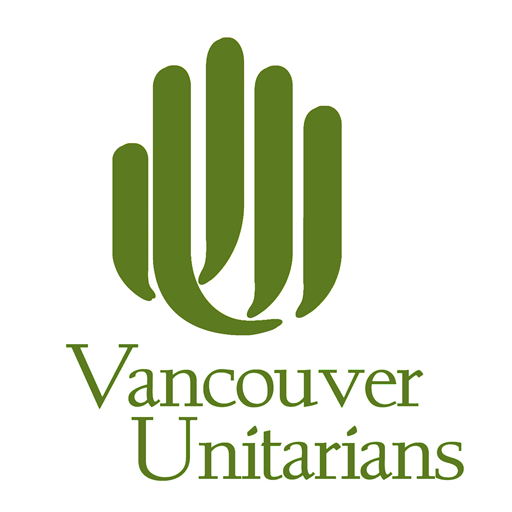

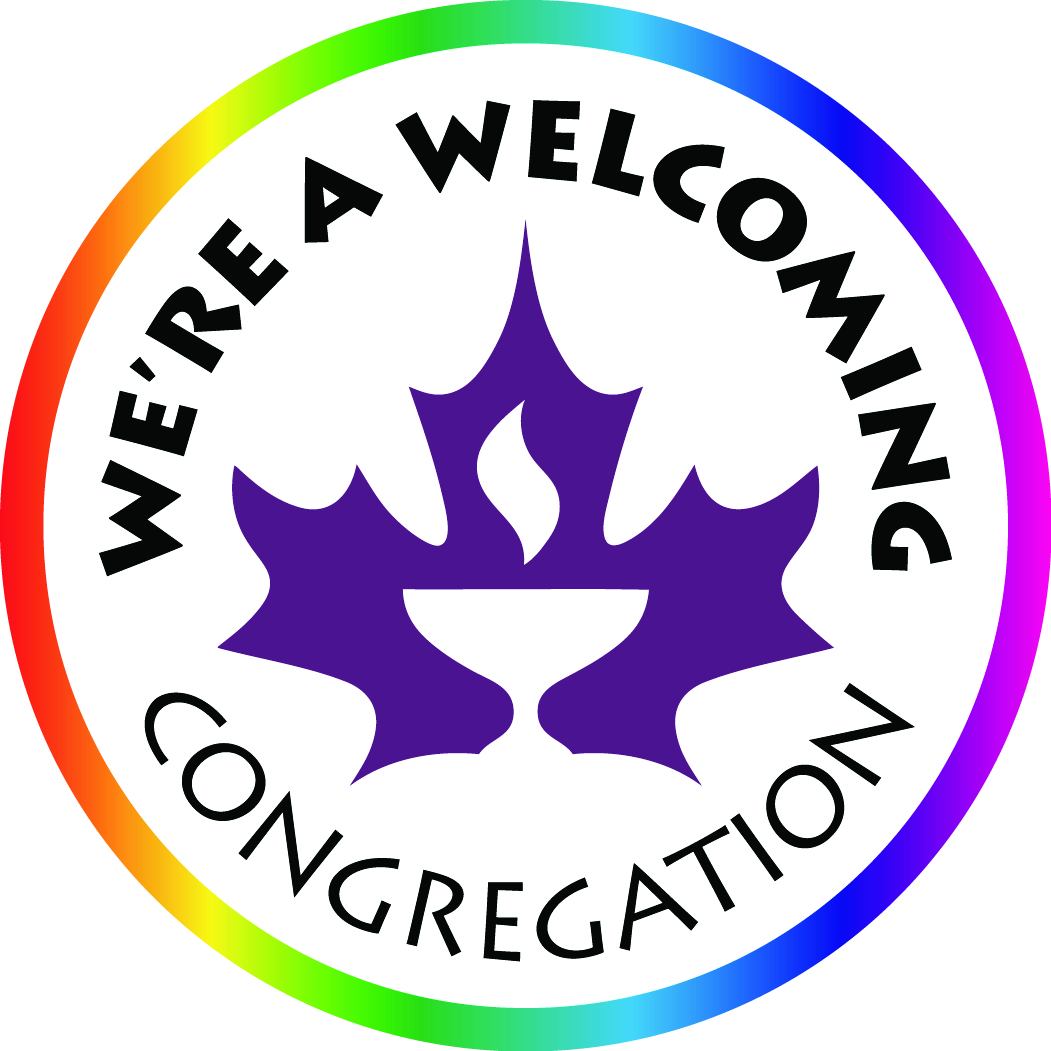
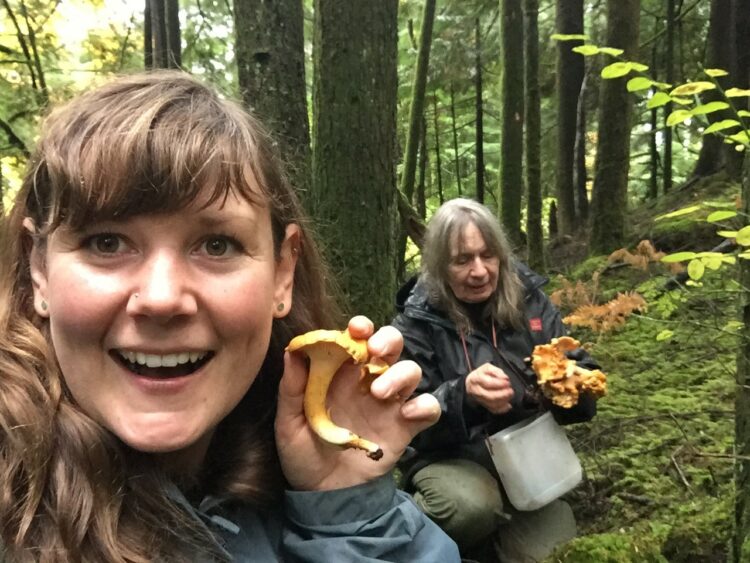
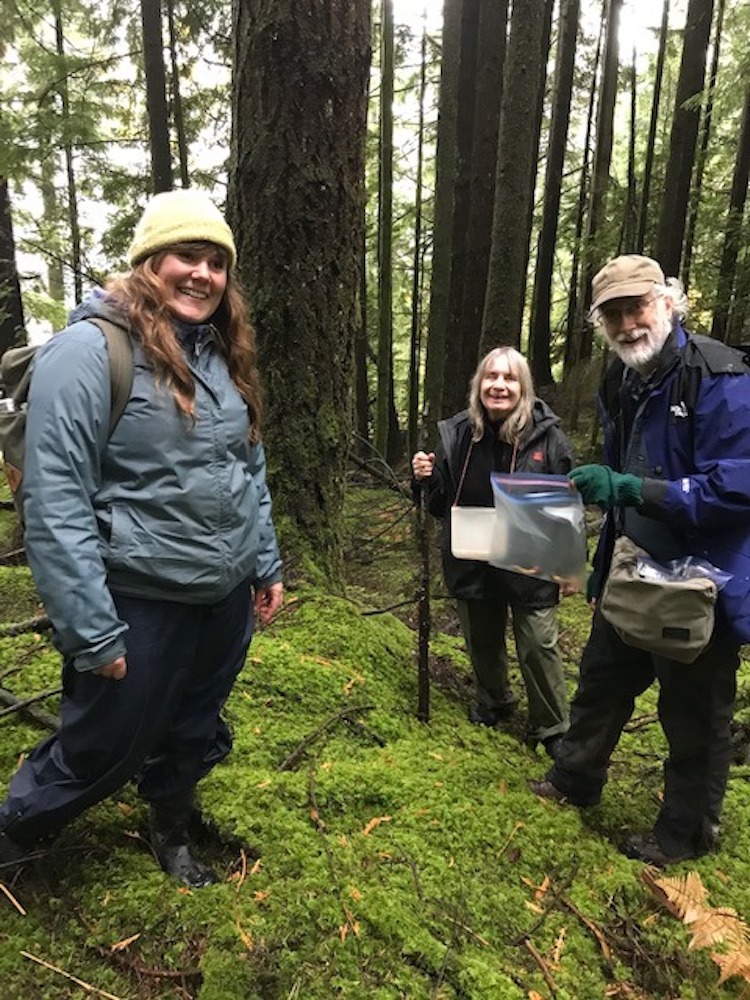
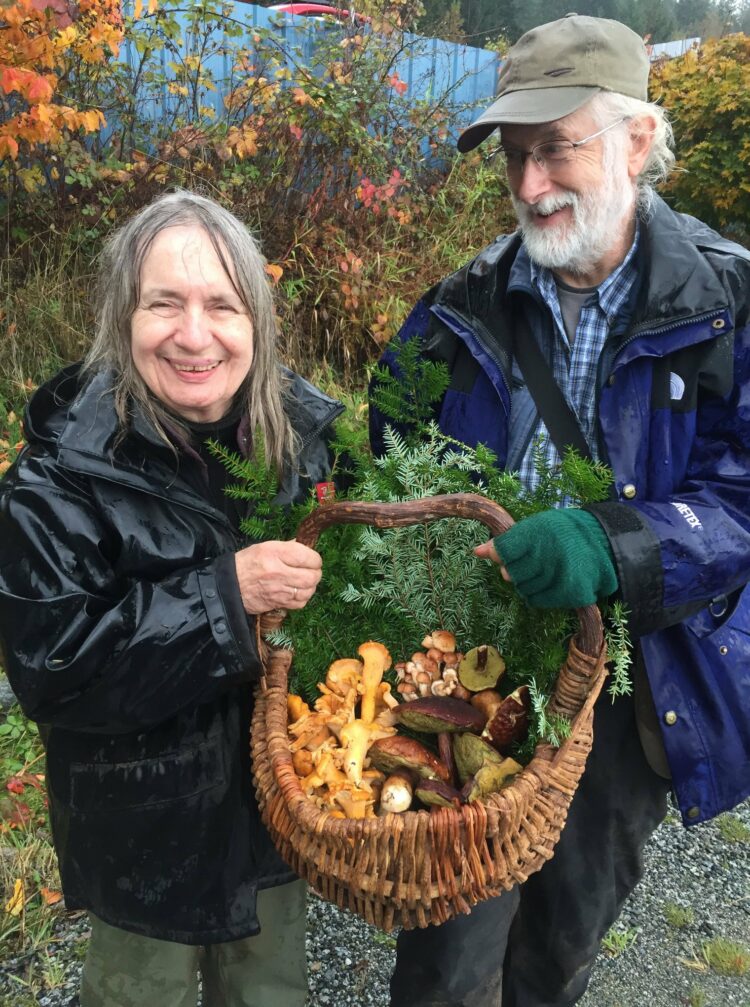
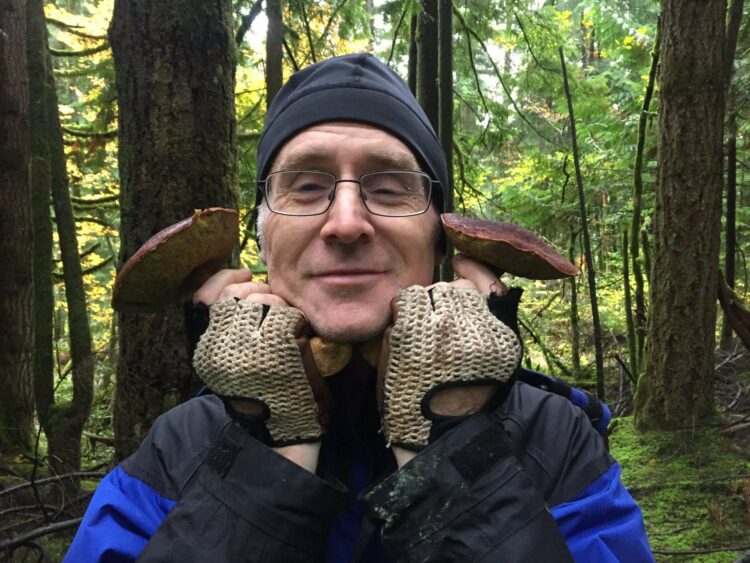
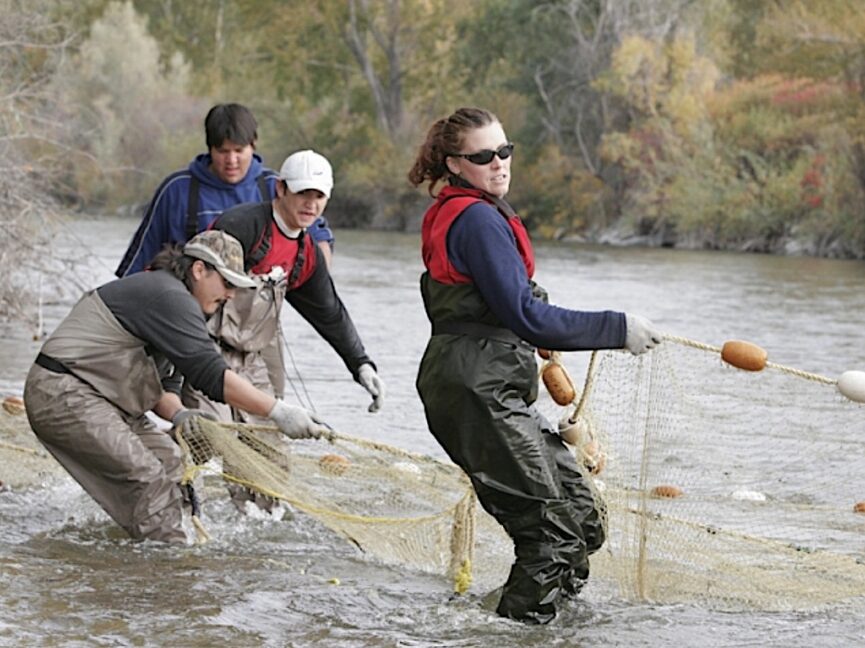

You must be logged in to post a comment.